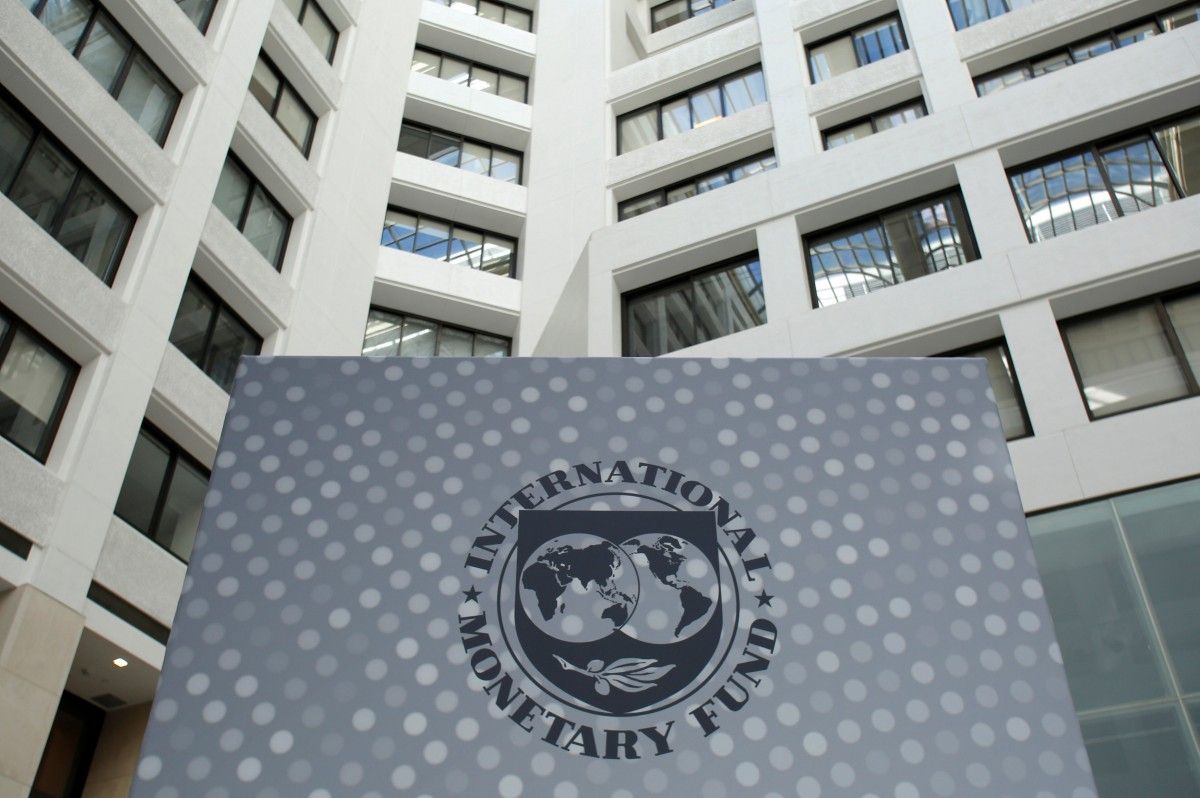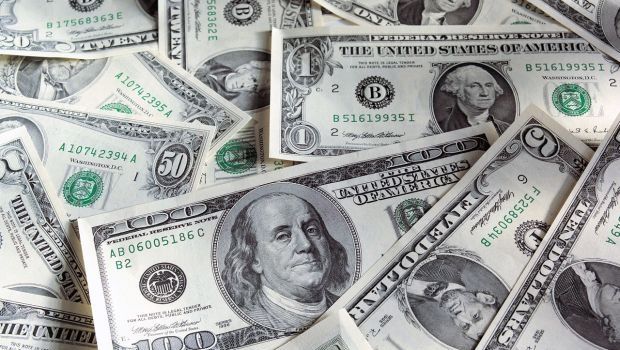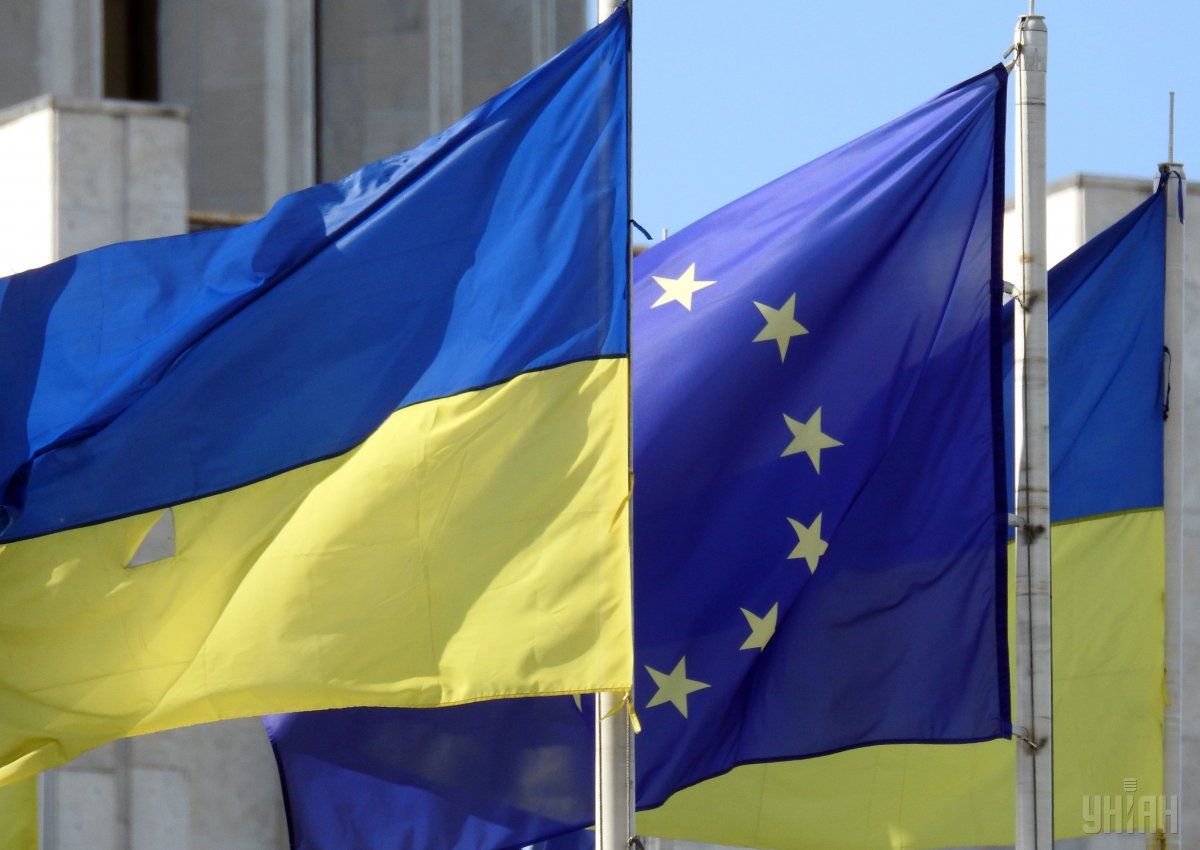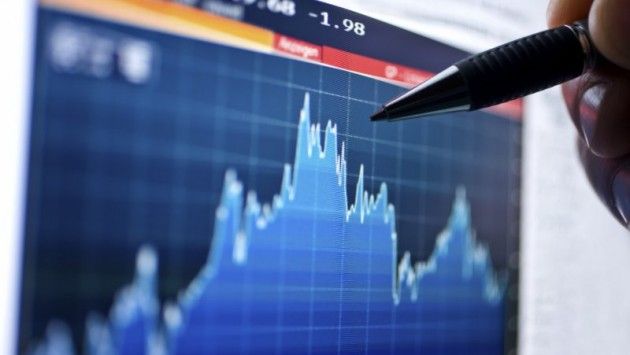
Western incentives for Ukrainian growth
While foreign investors are looking at Ukraine, in no hurry to invest in large projects, loans from international financial institutions and the G7 governments remain the only incentive for the development of the national economy. Terms of allocation of loans are becoming tougher, requiring from Kyiv some fundamental change.
According to government forecasts, 2017 will be the year of consolidation of Ukraine’s economic stability and the onset of strong economic growth. The key drivers of changes will be the increased exports, attraction of investment, and further cooperation with the International Monetary Fund and other Western lenders.
The authorities look to the future with optimism, hoping to reach a 3% GDP growth. Models of recovery of the country’s industrial potential and the development of industries with high added value. Negotiations are under way to develop new markets for Ukrainian exports and the investment projects package is being developed, which may be of interest to major international companies.
The agenda for reform is formed with the active participation of key creditors - the IMF, World Bank, and European Bank for Reconstruction and Development. The governments of the U.S. the European Union and Japan also give their recommendations. But it’s not only the international experience which is valuable for Ukraine. The reforms give the country access to long and cheap loans, without which the government won’t be able to cope with its tasks.
Financial imbalances accumulated over the past 25 years and the country’s debt burden remain a significant burden on the economy emerging from the crisis. The level of public debt, despite restructuring carried out in 2015, remains very high. The World Bank estimates say it is more than 90% of GDP. Debt servicing engulfs 4.5% of GDP annually. This is nearly as much as the country allocates for financing needs of the Ukrainian army.
In 2017, Ukraine has to pay no less than $2.6 billion to its creditors. In the next three years, the total amount of debt payments will increase to $14 billion, according to experts, and the peak year will be in 2019 when the creditors will have to return some $7.5 billion.

Ukraine won’t be able to pay that much money at the expense of internal resources alone, even provided an investment breakthrough of at least $5 billion in foreign direct investment in 2017.
Ukraine will have to dig into the foreign exchange reserves of the National Bank. But they are not as significant, either. At the end of 2016, they amounted to $15.5 billion. This is the minimum that allows Kyiv to perform the current state obligations and from time to time to go to the interbank market with forex interventions. The reserves will not be enough to carry out large debt payments.
The solution is obvious: the country needs to carry out rapid and effective reforms, creating a new economy with credit funds. The problem is that to borrow more will not be so easy. Fighting for the saving credit "straw" will be no less difficult than for cautious investors. The past year was the most instructive for Ukraine and showed the fragility of trust in Ukraine on the part of its lenders.
First reform, then the money
A year ago, the then-Minister of Finance Natalia Yaresko was confident that Kyiv would be able to maintain its emerging economic stability and enlist credit support in the amount of over $10 billion. The funds were expected to come from the IMF ($5.8 billion in three tranches), the U.S. Government ($ 1 billion), the government of Japan ($1.3 billion), the EU (EUR 1.2 billion), the governments of Switzerland, Germany and Poland (a total of EUR 650 million), the EBRD and the European Investment Bank (some EUR 1 billion), and the World Bank ($1.5 billion).
In fact, Ukraine has not received even a third of the expected money in 2016. The protracted political crisis at the start of the year turned into a parade of resignations of the ministers of Arseniy Yatsenyuk’s Cabinet, deceleration of reforms, and a sharp decline in business activity of those few investors who dared to believe in Ukraine, fighting Russian aggression both at the frontline and in the economy.
A single statement by IMF Managing Director Christine Lagarde in February 2016, in which she questioned the ability of Ukrainian officials to tackle corruption, has actually put the country on the brink of international financial isolation.
The situation was resolved only with a change of government. In May-June, the new Cabinet of Volodymyr Groysman managed to start the flywheel of transformation and take a number of fundamental decisions - on market prices for gas, customs reform, and electronic declaration of assets of the country’s officials. However, the time for discussions with the creditors was lost irretrievably. Only in September did Ukraine succeed in agreeing with its major lenders on resuming cooperation. At the same time, generosity of creditors has been significantly limited.
Instead of three tranches, the IMF gave Kyiv just one, reducing its volume from $1.7 bln to $1 bln. The "contribution" of the World Bank was reduced threefold. The bank’s most significant decision in 2016 was the allocation of loan guarantees worth $500 million for the purchase of gas.
The EBRD and the European Investment Bank also reduced their aid. By the end of 2016, the volume of investments from the EBRD amounted to about EUR 400 million. The same amount was given by the EIB, and only in the format of a long credit line to support small and medium-sized businesses. And although the European Investment Bank retains the possibility of allocating considerable credit funds for infrastructure projects and various reforms, totaling more than EUR 1 billion, most of the agreements already executed and fixed in the respective deals, have not yet been implemented.
Kyiv was also unable to attract macro-financial assistance from the European Union. The potential volume of money inflow was reduced by half – from EUR $1.2 bln to EUR 600 mln. But even this tranche has not been received. In September, Ukraine faced a new requirement, with a hint of lobbying by European furniture manufacturers, to lift the ban on the exports of round timber, introduced in 2015. We can only guess why this demand, which Ukraine has not yet met, overrun the list of priorities for the acceleration of Ukrainian reforms and strengthening the fight against corruption.

The difficulties also emerged with a significant loan from the Government of Japan. Instead of the promised $1 billion, Tokyo gave Kyiv a credit line of $269 million and expressed interest in a number of projects on the restoration of Donbas and the development of the exclusion zone around Chornobyl NPP. The key issue in getting big money for economic development programs has been and remains the reforms, the success of which is yet to be evaluated by the Japanese Government.
Only the U.S. Government has fully kept its promise to Ukraine. In September - after successful negotiations with the IMF - it gave our country $1 billion in loan guarantees. This allowed Kyiv to issue Eurobonds at the lowest rate in its history at 1,471% per annum, but it has almost not affected the investment figures.
According to official data of the State Statistics Service, for the first 9 months of 2016 Ukraine managed to attract just over $2.6 billion of foreign direct investment, although it expected to get some $4-4.5 billion. Moreover, traditionally the main investor remained the offshore jurisdiction of Cyprus, which, most likely, means that the money is of the Ukrainian origin.
Trying to avoid the same mistakes
In 2017, Ukraine expects to attract at least $9 billion – through the IMF loan (the projected amount of funding is $5.3 billion in four tranches), the continuation of the program of loan guarantees from the U.S. Government ($1 billion), increased financial support from the EBRD (up to EUR 1 billion), as well as financial assistance from the EU (at least EUR 600 million).
Financial projects with the governments of Japan, Germany and other G7 members, not implemented in 2016, are also on the list. In addition, Ukraine will for the first time in three years be able to issue Eurobonds on its own.
"We have no urgent need to enter the international debt market, and everybody understands that. Therefore, we plan to issue a small amount [f bonds], so that investors get accustomed to the presence of Ukraine in the market, to be subsequently prepared for a more significant placement," Minister of Finance of Ukraine Oleksandr Danyliuk told reporters.
It’s not secret in what the lenders want in return. Their key condition is the preservation of cooperation with the IMF and the continuation of the reform program. The major changes are expected in the area of fighting corruption; the pension reform, which will allow to significantly reduce the budget deficit of the Pension Fund; in the area of land relations in terms of the choice of a model of development of a full-fledged land market.

The agenda includes further improvement of tax and customs policy, improvement of the banking system, competent debt policy, which allows to reduce the debt burden on the state budget and foreign exchange reserves of the National bank, as well as reforms of judiciary, education, healthcare, road construction, and energy security. So, drastic changes should affect most key areas.
"The reforms carried out in the framework of the IMF program, signal to foreign investors that the country is moving in the right direction, its economic policies is prudent and it is worth investing in this country," chief economist at Dragon Capital Olena Belan noted in her comments to UNIAN. The estimated amount of foreign direct investments in Ukraine by the end of 2017 is $3-5 billion.
Before the end of January, Ukraine expects to hear the IMF approval of the fourth loan tranche of the four-year Extended Fund Facility, approved in March 2015. Under this program, Kyiv has already picked up $7.62 billion and now looks forward to another $1.3 billion. The funds will go to the international reserves of the National Bank.
In addition to the tranche, Ukraine will see the updated Memorandum with the IMF, stipulating the plan of economic reforms for the coming year. Its implementation will not only allow Kyiv to achieve faster economic growth but will also let Ukraine avoid its traditional mistakes.
Olesia Safronova

